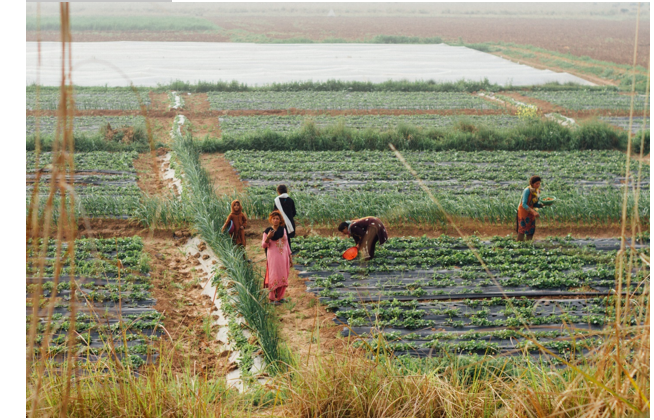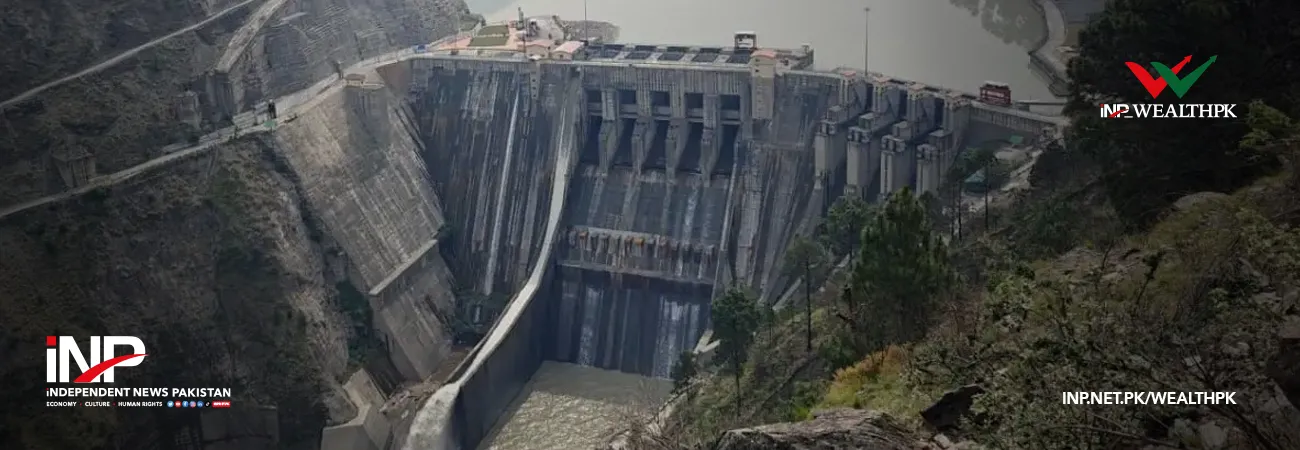INP-WealthPk
Ahmed Khan Malik
The Balochistan government has allocated huge funds under Green Balochistan initiative to fight the adverse impacts of climate change, which has devastated the province economically and socially in the recent years.

The provincial government has set aside Rs10 billion under this fund, reveals an official document. According to the document, the torrential rains and floods in 2022 resulted in immense financial and infrastructure losses in the province, and rehabilitation would take five to seven years. Relevant officials said that Balochistan had endured the adverse impacts of climate change in the form of droughts as well as unexpected torrential rains and floods.

Balochistan, which constitutes 44% of the geographical area of Pakistan, inhabits only around 5% of the country’s population on a vast area administratively divided into 35 districts. Mehar Baloch, a consultant on effects of climate change in the provincial government, said climate vulnerability in Balochistan was a pressing concern in the context of contemporary climate change. “This vulnerability arises from a convergence of geographical, climatological, and socioeconomic factors that heighten the region’s susceptibility to adverse climate impacts.” He said that Balochistan’s topographical layout and climatic conditions predisposed it to water scarcity, with fluctuations in precipitation patterns and increased evaporation rates playing significant roles in exacerbating water stress. “Elevated temperatures further compound this vulnerability, leading to more frequent and intense heat-waves that challenge the region’s adaptive capacity.
“Climate change is widely characterised as a ‘threat multiplier’ denoting its multi-faceted adverse implications across key sectors and population segments.” Baloch said that the agricultural sector, a cornerstone of Balochistan’s economy, faced notable vulnerabilities. “Climate change-induced shifts in rainfall patterns and temperature variations have substantial impacts on crop yields, disrupting established agricultural practices and posing threats to food security.” He pointed out that coastal regions such as Gwadar were particularly affected by sea-level rise and coastal erosion. “Balochistan is also susceptible to extreme weather events, including cyclones, storms and flash floods, which increase risks to human lives, disrupt infrastructure, and necessitate heightened preparedness and resilience strategies. These climatic shifts directly impact livelihoods, including herding, farming, and fishing, potentially resulting in adverse socioeconomic consequences,” he pointed out.
Mehrab Rind, Director of Health, told WealthPK that the provincial government tried to address climate-related health risks by strengthening public health infrastructure and integrating these concerns into broader climate policies. “This includes focusing on high-risk groups and incorporating gender-specific health considerations. The policy doesn’t stop there; it also emphasises Wash (water, sanitation and hygiene) initiatives, such as improving access to clean water and sanitation. By doing so, Balochistan aims to mitigate the adverse health impacts of climate change and enhance the resilience of its healthcare system.” “Moreover, one of the most progressive aspects of provincial government’s policy is its incorporation of the gender, disability, youth, and social inclusion (GEDSI) framework,” he said. Rind said that recognising that women, girls and transgender individuals were disproportionately affected by climate change, the policy integrates gender-sensitive approaches and actively promotes the empowerment of marginalised groups.
Credit: INP-WealthPk













